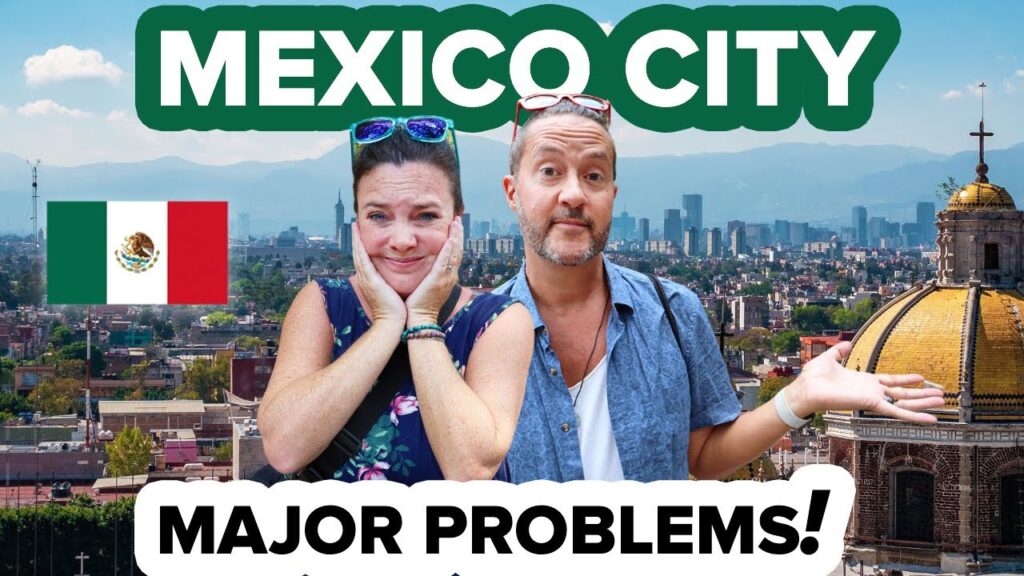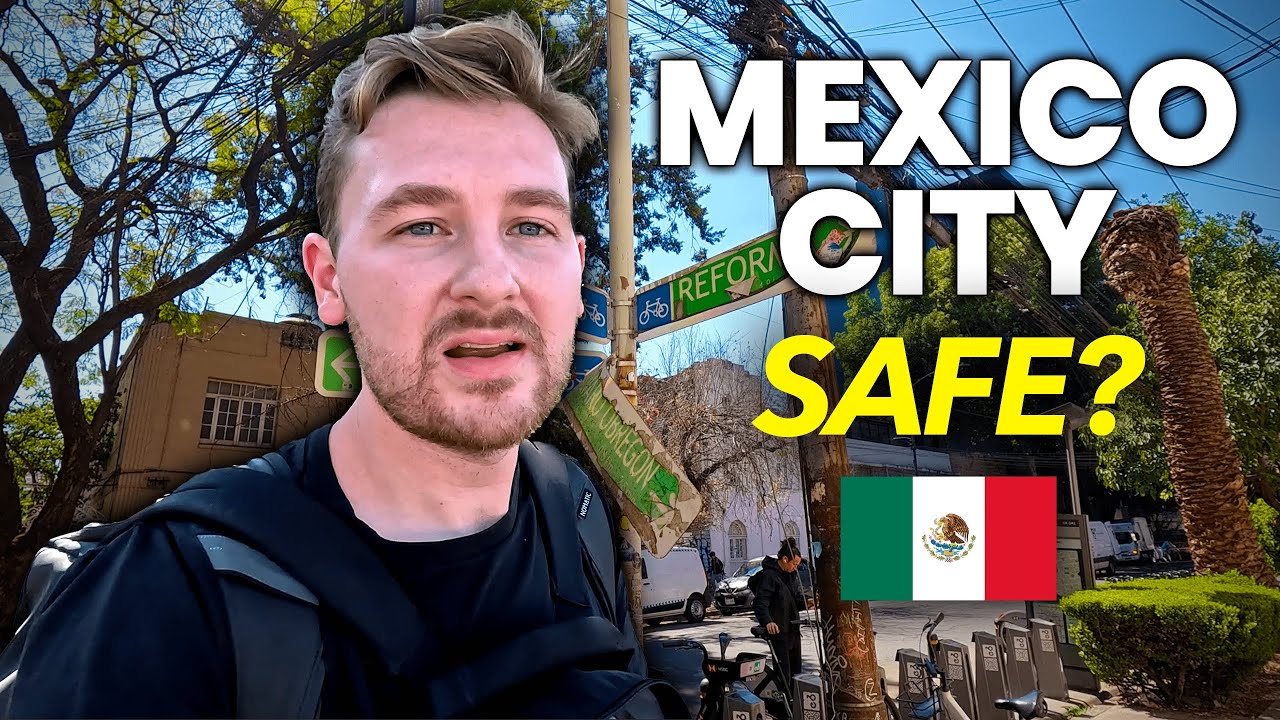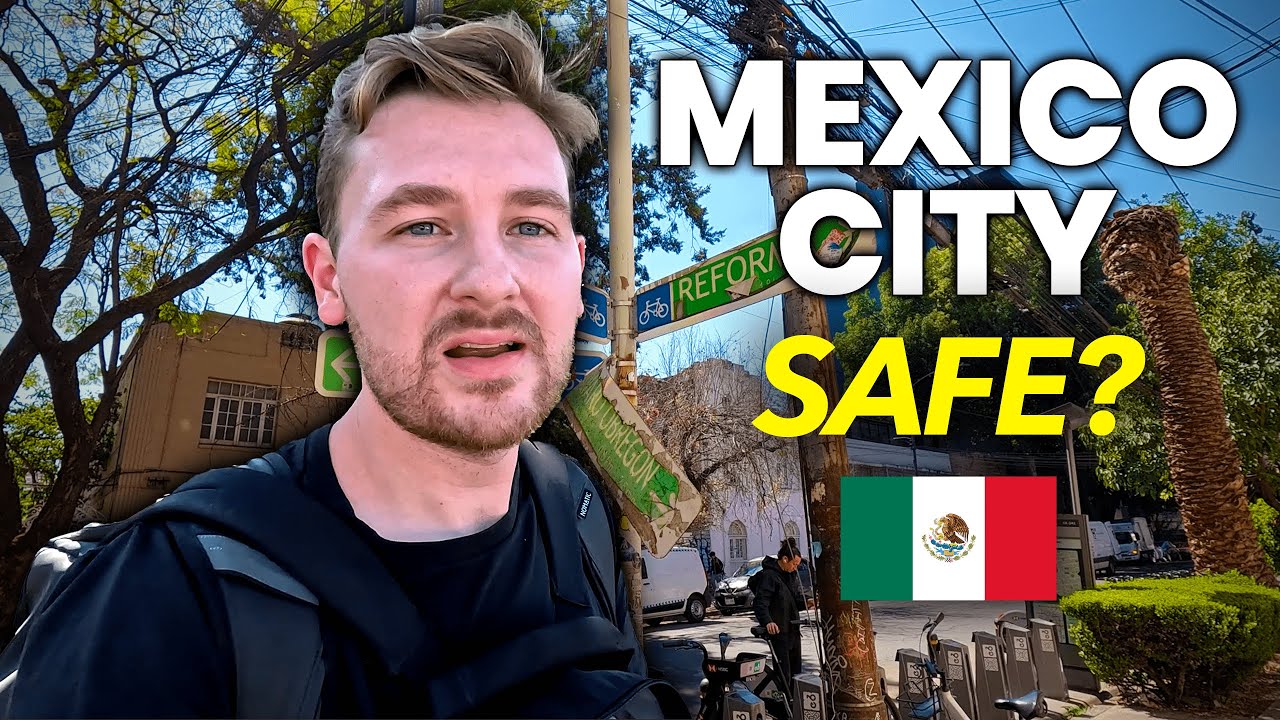Understanding Safety in Mexico City
Mexico City, a sprawling urban landscape rich in culture, history, and modern-day adventures, often finds itself under the microscope when it comes to discussions about safety. For travelers planning to uncover the beauty and thrills of this metropolis, it’s crucial to approach the topic with a balanced perspective. The city’s reputation has improved significantly over recent years, reflecting efforts by local authorities to increase safety and security. However, like any major city, it has areas safer than others, and certain precautions should always be observed.
Firstly, it’s essential to acknowledge that the heart of Mexico City, including areas like Polanco, Condesa, and Roma, are generally considered safe and are popular among tourists for their vibrant street life, exquisite dining, and eclectic shopping experiences. These neighborhoods host a bevy of cultural attractions and are well-patrolled by police. However, tourists are advised to stay vigilant, especially after dark, and to stick to well-lit, populated paths.
Public transportation in Mexico City is extensive and efficient, offering a variety of options including metro, buses, and taxis. While the metro system is heavily used by locals and tourists alike for its convenience and speed, it’s advised to remain cautious of your belongings, as pickpocketing can occur in crowded situations. Similarly, while taxis are a common means of transportation, opting for app-based services like Uber or Didi can provide a safer and more reliable option for getting around the city.
When it comes to health safety, travelers should not overlook the importance of consuming safe drinking water. It’s recommended to always drink bottled water or water that has been boiled or filtered. Street food, a staple of Mexico City’s culinary scene, is generally safe to eat, but ensure it’s from a reputable vendor demonstrating high hygiene standards to avoid any foodborne illnesses.
Lastly, staying informed about the local situation is paramount for any traveler. This includes understanding any travel advisories issued by your home country, being aware of the areas to avoid, and having the contact information for your embassy or consulate. Digital tools and social media can also serve as valuable resources for real-time updates and tips from fellow travelers and locals.
Safety in Mexico City, as in any global metropolis, requires a mix of common sense, preparation, and awareness of your surroundings. By following these guidelines, visitors can confidently explore the rich tapestry of experiences this dynamic city has to offer.
Recent Safety Updates for Mexico City
Mexico City, a vibrant hub for culture, history, and adventure, has seen significant efforts to enhance safety for both locals and visitors alike. In response to concerns over safety, authorities have implemented various measures aimed at improving the experience for everyone in this sprawling metropolis. Here’s what travelers need to know about the latest safety updates in Mexico City.
Firstly, the introduction of increased police presence in popular tourist areas has markedly improved perceptions of safety. Districts such as Polanco, Roma, and Condesa, renowned for their bustling streets, vibrant nightlife, and cultural landmarks, are now patrolled more frequently. This boosted police visibility serves as a deterrent to petty crime and ensures help is readily at hand should tourists need assistance.
Secondly, the city has rolled out an extensive network of surveillance cameras throughout key locations. These high-definition cameras are monitored 24/7, covering major public spaces, transit points, and tourist attractions. The technology not only aids in crime prevention but also accelerates response times in emergency situations, providing an added layer of security for everyone in Mexico City.
Moreover, the implementation of the “Tourist Assistance Card” has been a welcome addition for visitors. This innovative service offers immediate access to important services such as emergency healthcare, legal assistance, and information on tourist attractions. Available in multiple languages, it ensures non-Spanish speaking visitors can navigate the city more confidently, knowing that support is just a call away.
Finally, the city’s transportation systems have received significant upgrades to enhance safety and efficiency. Modernization efforts include the refurbishment of metro stations, more stringent safety protocols for public buses, and the introduction of female-only subway cars during peak hours. These changes aim to provide a safer, more comfortable travel experience within Mexico City, encouraging exploration and adventure in this dynamic urban landscape.
These initiatives reflect Mexico City’s commitment to ensuring a secure environment for its residents and the countless adventurers drawn to its unique mix of modern urbanity and rich historical tapestry. While naturally no large city is without its challenges, these recent safety updates are a testament to the ongoing efforts to make Mexico City a welcoming destination for all.
Area-Specific Safety Considerations
When planning your adventure in Mexico, it’s essential to understand the area-specific safety considerations that can help ensure a rewarding and secure travel experience. Each region in Mexico has unique attributes, from the bustling streets of Mexico City to the tranquil beaches of Tulum, and knowing what to expect can significantly enhance your safety.
Northern Mexico is known for its vast deserts and mountainous terrain, making it a spectacular destination for those seeking outdoor adventures. However, this area also has a higher risk of cartel activity. Travelers should stay informed about the regions they plan to visit, avoid traveling at night, and stick to well-trodden tourist paths. Keeping an eye on government travel advisories can offer up-to-date information on areas to avoid.
The Pacific Coast, famed for its stunning beaches and vibrant seaside towns, is relatively safe, especially in tourist-populated areas such as Puerto Vallarta and Cabo San Lucas. However, beachgoers should be mindful of strong ocean currents and rip tides. Always swim in designated areas where lifeguards are present, and pay attention to warning flags at beaches.
The Yucatan Peninsula is another popular region, offering a mix of white-sand beaches, cenotes, and Mayan ruins. While generally safer than other regions, travelers should still observe general safety precautions, such as safeguarding personal belongings against petty theft in crowded places and using reputable tour companies for excursions. The cenotes and archaeological sites are best enjoyed with a guide who knows the area well and can provide insights into its history and culture, ensuring a safe and enriching experience.
In Mexico City, the bustling capital, safety concerns often revolve around pickpocketing and scams. Travelers are advised to maintain a low profile, avoiding flashy displays of wealth. It’s also wise to use secure modes of transportation, like authorized taxis or ride-sharing services, particularly at night. Engaging with the city’s culture and people can be incredibly rewarding, but always doing so with an awareness of your surroundings will keep the experience positive.
Understanding these area-specific safety considerations can significantly impact the enjoyment and security of your travels in Mexico. By staying informed, cautious, and respectful of local customs and advice, you can fully embrace the diverse beauty and adventure that Mexico has to offer.
Travel Tips for a Safe Visit to Mexico City
Mexico City, a sprawling metropolis that blends history, culture, and modernity, is a must-visit for any avid traveler. While it’s known for its vibrant street life, exquisite cuisine, and iconic landmarks, ensuring your safety during your stay is paramount. One of the key tips for staying safe is to stay informed about the areas you plan to visit. Like any large city, Mexico City has regions that are safer than others. Prioritize visiting well-lit, populous areas and do your research before heading into less familiar neighborhoods. Trusted sources and local advice can provide insights into current safety conditions and areas to avoid.
Transportation is another important aspect to consider for a safe trip in Mexico City. Opting for registered and reputable taxi services or ride-sharing apps is advisable over hailing cabs off the street. These services provide an extra layer of security by recording your trip details. Additionally, the Mexico City Metro, while efficient and cost-effective, requires attentiveness to your belongings, especially during peak hours. Keeping your valuables secure and maintaining awareness of your surroundings are good practices in any crowded situation. Be particularly cautious at night, and consider traveling in groups or using private transport when possible.
Lastly, embracing the local culture with respect and caution will enhance your trip and help keep you safe. Learning a few basics of the Spanish language can bridge communication gaps and enrich your experience. Be mindful of local customs and norms to avoid unintended disrespect or misunderstandings. It’s also important to stay updated on travel advisories and health guidelines, especially in light of recent global health concerns. Remaining respectful, aware, and informed are keys to a safe and enjoyable visit to Mexico City, allowing you to fully immerse yourself in the wonders this city has to offer.
Engaging with Local Culture and Communities Safely
Traveling through Mexico offers an enriching experience that goes beyond the postcard-perfect beaches and bustling cities. Engaging with local culture and communities allows travelers to gain a deep understanding and appreciation for the country’s heritage and traditions. However, it’s essential to approach these interactions with respect and mindfulness towards safety and sustainability.
First and foremost, doing thorough research before visiting a community can significantly enhance the interaction. Understanding the social norms, customs, and language, even at a basic level, can open doors and hearts. It’s also a sign of respect that you’re taking the initiative to learn about their way of life before stepping into their world.
One effective way to engage with local cultures is by participating in community-based tourism initiatives. These are often organized by locals seeking to share their culture, stories, and traditions with visitors. By choosing these experiences, not only are you likely to have a more authentic encounter, but you’re also supporting the local economy and promoting sustainable tourism practices.
When it comes to safety, always be aware of your surroundings and follow any advice given by your hosts or local authorities. Communities welcome visitors with open arms, but it’s also crucial to respect their guidelines and restrictions, especially in areas that may be sacred or of special significance.
Lastly, remember to leave no trace behind and consider your impact on the environments you visit. Engaging with local communities is not just about what you take away in terms of memories and experiences but also what you leave behind, which should ideally be positive contributions and respect towards their culture and natural surroundings.
Emergency Services and Assistance in Mexico City
In Mexico City, understanding how to access emergency services and assistance is crucial for both residents and visitors alike. The city offers a comprehensive network of services to address health, safety, and legal emergencies. One primary contact is the emergency phone number “911”, which connects callers with immediate assistance for any urgent situation. This number can be dialed from any phone, including mobile phones without a SIM card. It’s vital for travelers to have this number saved and readily available.
For health emergencies, Mexico City is equipped with numerous hospitals and clinics that provide high-quality medical care. Both public and private healthcare facilities are available, catering to a wide range of medical needs. In case of a medical emergency, it’s recommended to head to the nearest hospital or dial 911 to receive guidance on the most suitable facility. Remember, while public hospitals offer services at a lower cost, private hospitals typically have shorter waiting times and more English-speaking staff.
Legal assistance is another aspect that should not be overlooked. In the event of legal troubles or encounters with law enforcement, tourists can contact their embassy or consulate for guidance and support. These international offices can provide vital assistance in understanding local laws and navigating the legal system. Additionally, several legal aid organizations in Mexico City offer services in various languages, including English, to help travelers dealing with legal issues.


